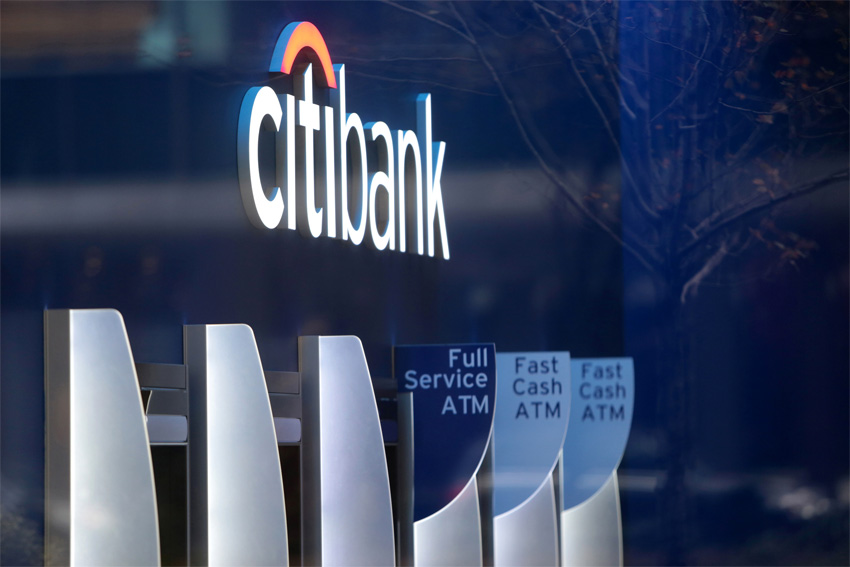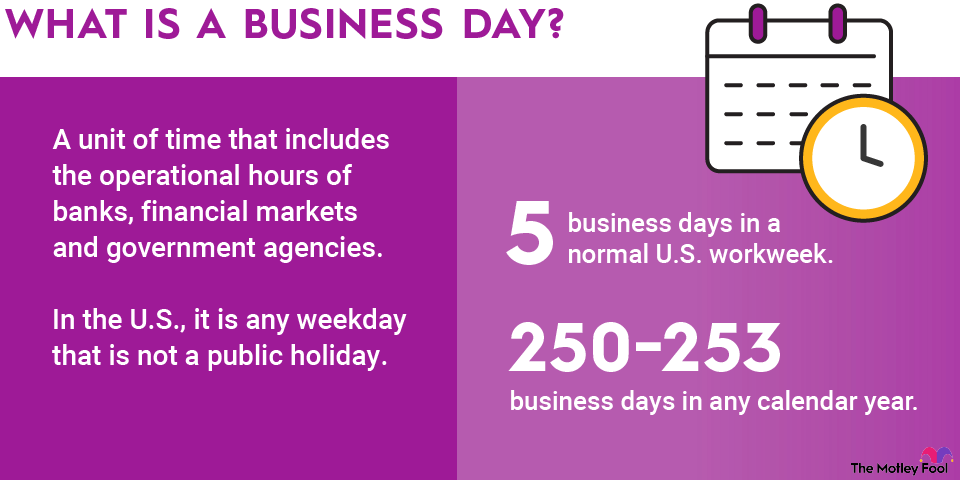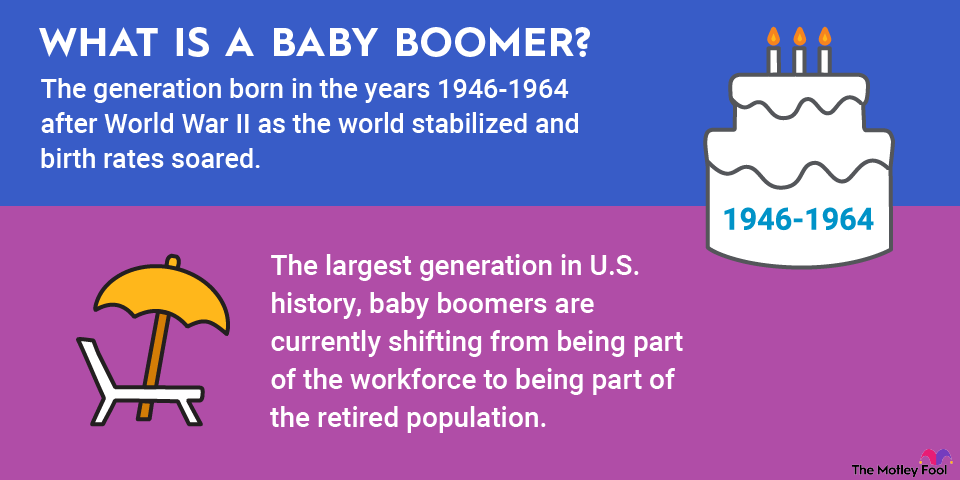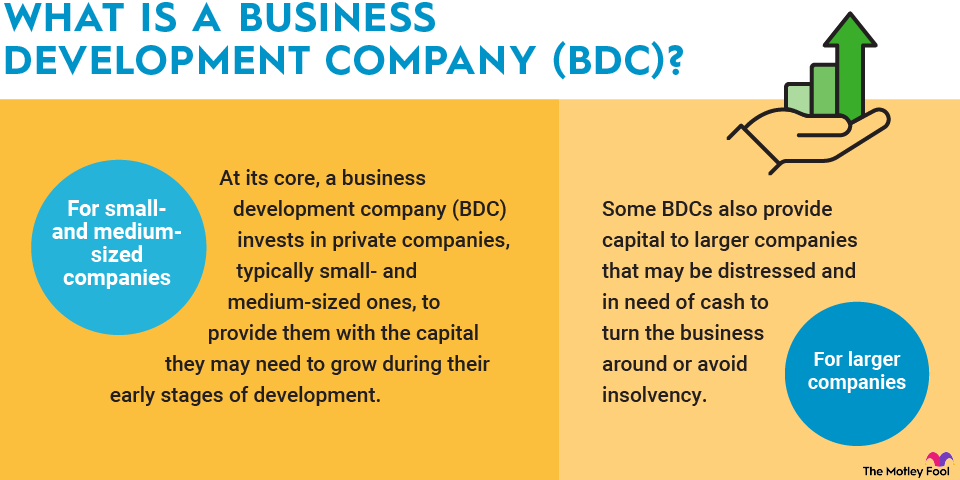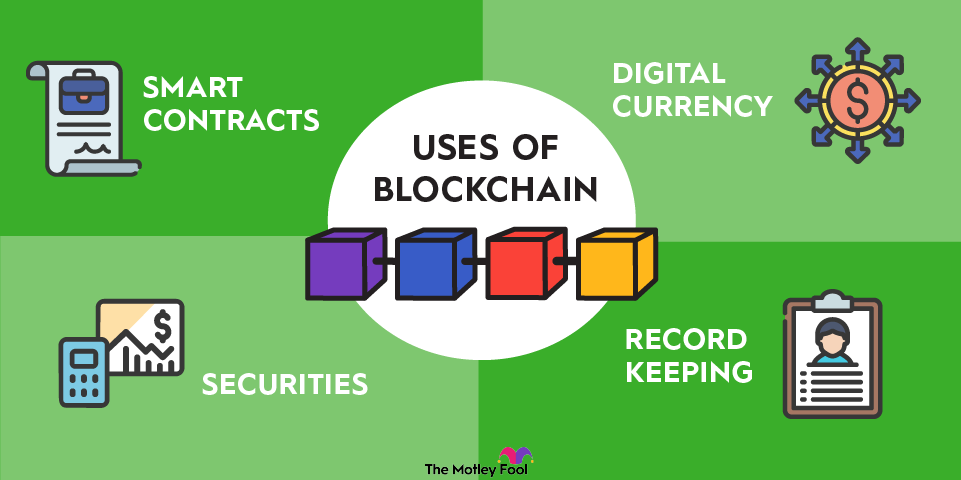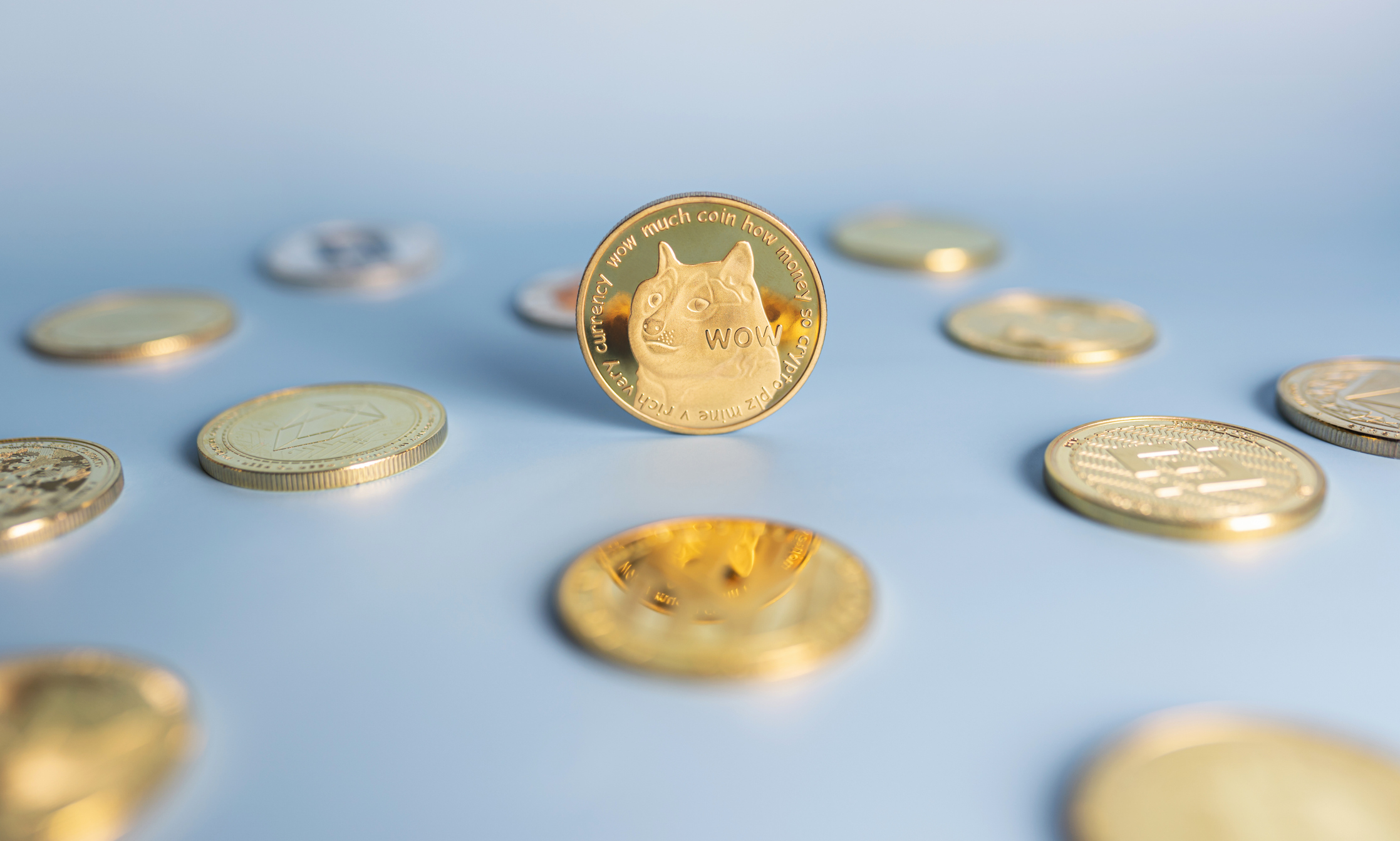
Although meme tokens deservedly get a bad rap, Banano is different from the norm and in a good way. It offers transactions that process in seconds with no fees, and there are several easy ways to get free Banano. Most importantly, after seeing a lot of meme tokens, I have to give Banano credit for not being based on the Doge meme.
It would be a stretch to say that Banano is a good investment, but it's interesting and fun, so it is worth knowing about.
What makes Banano unique?
The first things that stand out about Banano are transaction fees and times, which are about as good as it gets. Transactions have no fees and a three-second confirmation time. This makes Banano perfect for small transactions, such as tipping someone else on a forum.
Banano aims to be welcoming and easy to understand for people who are new to cryptocurrency. Through Banano faucets, which are available on its website, anyone can get free BAN tokens. There are multiple faucets available, including games you play to earn Banano and a messaging app that gives out Banano to anyone who wants it.
One of the most interesting faucets is the Banano Miner. Like other types of cryptocurrency mining, it involves donating your CPU or GPU power and receiving Banano in return. The cool part is that your computing power is used for Folding@Home, a software that runs protein fold simulations to help scientists around the world fight diseases.
Where Banano came from
A group of Nano contributors founded Banano as a joke in April 2018. Banano is a hard fork of Nano, meaning the developers copied Nano's source code. During the launch, they distributed free BAN tokens through an airdrop to all Nano holders who opted in and provided their wallet addresses.
There's little information available about the team behind Banano. The website only lists their nicknames and a short tongue-in-cheek description: for example, LOSHA1X, who's a "professional life hater."
How Banano works
While most cryptocurrencies record transactions using blockchain technology, Banano uses Directed Acyclic Graph (DAG) technology. A blockchain is one long chain of blocks, with each block containing a group of transactions. DAG uses a graph structure where transactions are interconnected vertices, and each transaction is built on a previous one.
On Banano, each account has its own blockchain. Every payment requires two transactions: a send, which is deducted from the sender's balance on their blockchain, and a receive, which adds the same amount to the recipient's blockchain.
To secure the transaction ledger and prevent fraud, Banano uses open representative voting as a consensus mechanism. Open representative voting is like proof of stake but with the ability to delegate one’s stake. Banano account holders choose a representative node to vote on their behalf in the event of conflicting transactions. Anyone can run a node, but since continuously running one isn't practical for everybody, the representative system allows users to vote by proxy.
Banano uses a proof-of-work system as an anti-spam tool. When you send Banano, your device must solve an equation to show that it expended processing power. Most average computers can calculate the answer in a second or two.
How to buy Banano
Most crypto exchanges don't have Banano, so it's not the easiest token to buy. You can find it on decentralized exchanges, including PancakeSwap (CAKE +2.53%) and ApeSwap. To use a decentralized exchange, you'll need to connect a blockchain wallet and trade another cryptocurrency for Banano.
Remember that you can always get Banano for free instead of buying it. The Banano website has everything you need to get started. Simply pick one of the Banano wallets, set it up, and you can receive BAN tokens through any of its faucets.

